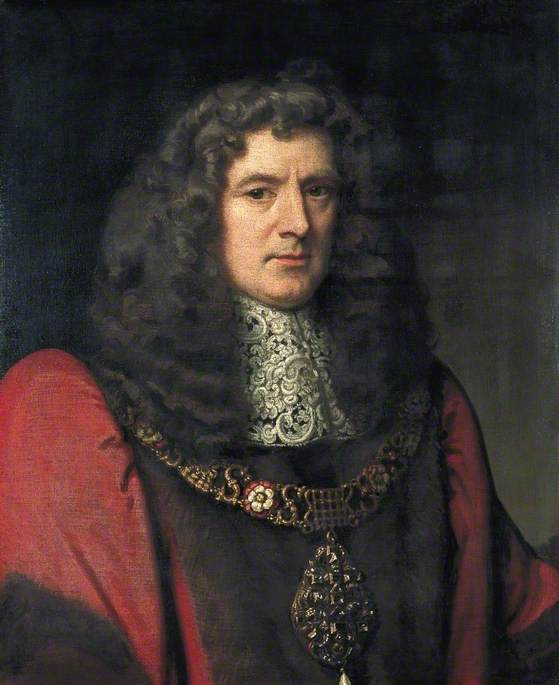
American Banking & Finance Roots: Sir Robert Clayton (1629-1707) and the Bank of England
Sir Robert Clayton (1629–1707) and John Morris (circa 1625–1682) were prominent English merchant bankers in the 17th century. Both apprenticed under Robert Abbott, a leading London scrivener, where they developed a professional relationship that led to the establishment of the banking firm Clayton & Morris Co., one of the most influential banks of its time.
American Colonies related Offices held by Robert Clayton:
Member, Scriveners’ Co. 1658, asst. 1670, master 1671–2, transferred to Drapers’ Co. 1679, master 1680–1; Alderman, London 1670–83, 1689–d., Sheriff 1671–2, Lord Mayor London 1679–80; Gov. Irish Soc. 1692–1706.
Member, Hudson’s Bay Company, 1676, treasurer 1678; asst. R. African Co. 1681; Director Bank of England (with statutory intervals) 1702–d.1
Member, New England Company, 1683; gov. Bridewell Hosp. 1689; pres. Hon. Artillery Co. 1690–1703; St. Thomas’ Hosp. 1692–d.; vice-pres. London corp. of poor 1698.
Commr. customs 1689–97, taking subscriptions to Bank of England, 1694, Greenwich Hosp. 1695; trustee, receiving loan to Emperor 1706.
Clayton and Morris amassed significant wealth through money lending, particularly to private landowners seeking credit in London during the aftermath of the English Civil Wars and the Interregnum. Their innovative practices played a key role in modernizing London's banking industry.
library.manchester.ac.uk
en.wikipedia.org
John Morris, while less active in politics, was a member of the Scriveners' Company and, despite being senior in the livery to Clayton, became the junior partner in their firm. Morris passed away in February 1682, after which Clayton inherited a considerable portion of his estate.
Their partnership significantly influenced the development of banking practices in London and during the late 17th century.
